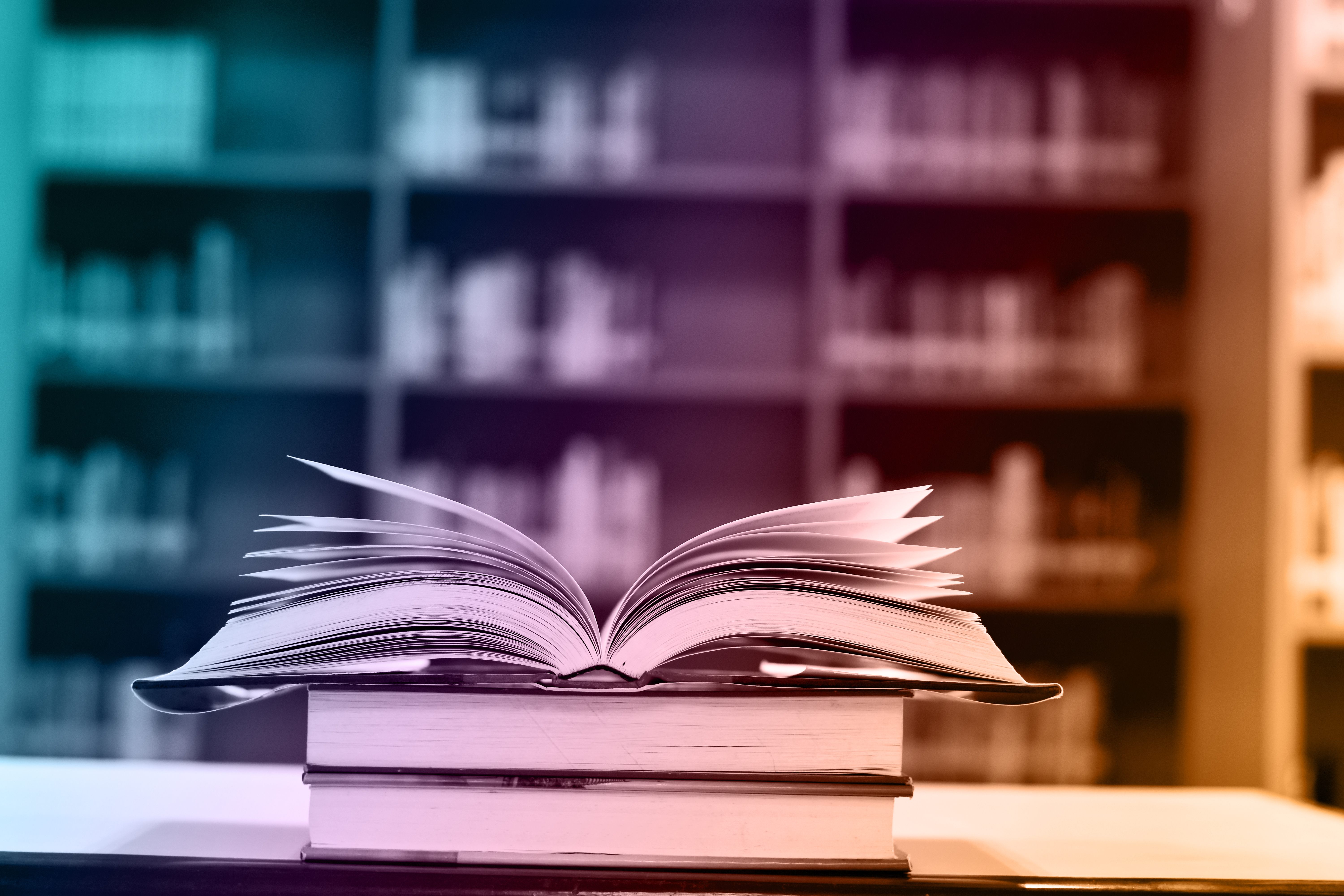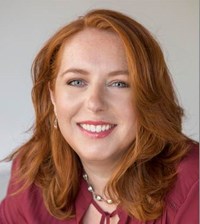Issue 105
Term 2 2018
Daring to be different: celebrating diversity in literature
Ruth Devine shares why children’s books that feature physical and neurological diversity are to be celebrated — for all our sakes.
My favourite memory growing up is of snuggling under the doona while my dad sat on the edge of the bed and read me a story. It was our cosy, nightly ritual. I would drift off to sleep with a head full of shipwrecks and pirates, fairytale castles and magical faraway trees.
Often the stories were of girls called Anne, Pippi or Holly, from books my parents bought for birthdays or Christmas, or which they borrowed from the local library. These girls were funny and brave, feisty and adventurous. I loved them.
I campaigned (and failed) to rename our house ‘Green Gables’; Longstocking didn’t seem such a funny surname to have when you were sporting Devine; and, as for Holly’s bonnet, I was sure rural England of the ’70s could handle it. It never occurred to me that the reason my bookshelves were laden with stories of redheads was because I was one, too.
I’m sometimes asked as an adult if I was bullied for having red hair as a kid. I wasn’t. I can remember as a newbie at high school, one older girl trying just once, but her words rolled off me. I remember her puzzled face as I laughed. She couldn’t possibly be teasing me for being a ginger. Gingers were cool and clever. I’d read the books. I knew how they rolled. Heck, I was one!
I regaled my family with the tale of being teased over dinner. Mum smiled conspiratorially at Dad. I didn’t realise it then but, later, it struck me: the redhead books. They had bought them deliberately. ‘We wanted you to love your colouring as much as we did,’ Mum explained when I questioned her.
It had worked. Even with Anne who hated her hair colour. I’d been surrounded by stories with characters who looked just like me and I had subconsciously developed a suit of armour: confidence in myself and confidence in the way I looked. The joke was on my failed bully.
Being a redhead was my, admittedly, very small difference and I embraced it because that’s simply what I was taught to do. I didn’t know any other way. I believe this approach should also be the case for any child, whatever their physical or developmental difference may be.
Almost one in five Australians has a disability of one kind or another, including 3.2 per cent of 0–4 year olds and 8.3 per cent of 5–14 year olds. Whether they are being read to or reading themselves, these children, all children, need to see themselves reflected in the books they read. They need stories about people who look like them, move like them and live like them, in order to validate themselves and build a sense of self-worth.
Of course, books need act not only as mirrors, but also as windows. We need a diversity of stories and storytellers that reflect ourselves as much as showing us what else is out there.
The world gets smaller by the day and, as fears about any form of difference grow and we increasingly turn in on ourselves to focus on the familiar, it’s through books that we can expand our attitudes and our understanding. Introducing even the youngest of children to stories whose characters have physical or mental challenges helps build empathy and acceptance by increasing their concept of what constitutes ‘normal’.
With best-selling series such as Rick Riordan’s Percy Jackson (whose eponymous hero is dyslexic and has ADHD) and the runaway success of Wonder by RJ Palacio (about Auggie, a boy with a facial difference), we’re making inroads, but the going is slow.
While books need to tell the whole story, it’s how that whole story is told that’s just as important. Baddies don’t need to have a facial difference to indicate they are wrong ’uns. A wheelchair user should not necessarily be kind and thoughtful. Someone with an artificial limb does not have to be sweet and innocent, because, newsflash: people with a difference, be it physical or developmental, are just like the rest of the world. They are just as likely to be kind as they are mean, considerate as they are thoughtless, introverted as they are extroverted, good as they are bad — and all the permutations that lie in between. This is why we need books that represent those differences in all the myriad of ways they possibly can: where the syndrome, the condition, the disorder, the label is not the story; where it’s not about being inspirational or heart-warming, but just a cracking good read. After all, a good story, is a good story, is a good story.
So, how do we increase the number of books that feature physical and developmental diversity in such a way? Simple. We need writers to write them, publishers to produce them and booksellers, schools and libraries to stock them.

As a mum of three boys with Attention Deficit Hyperactivity Disorder (ADHD), it hurt when the eldest told me he felt defective. It’s not surprising with the words ‘deficit’ and ‘disorder’ included in the label. You can’t get much more negative than that! This really struck me. We had worked so hard on building his sense of self-worth for years and yet still he felt as if he were substandard. No one should ever feel like that. No kid should ever feel they are ‘defective’.
10 children’s and YA books that positively feature difference
- The Curious Incident of the Dog in the Night-Time by Mark Haddon
- Trueman Bradley: Aspie Detective by Alexei Maxim Russell
- Percy Jackson and the Olympians by Rick Riordan
- The London Eye Mystery by Siobhan Dowd
- Amelia Bedelia by Peggy Parish
- The Alphabet War by Diane Burton Robb
- Thank You, Mr Falker by Patricia Polacco Susan
- Laughs by Jeanne Willis
- Dan and Diesel by Charlotte Hudson
- Just Because by Rebecca Elliott
That’s when I started to write The Chronicles of Jack McCool about an ordinary schoolboy who discovers he holds the key to breaking an ancient curse. This boy just happens to have ADHD.
I wrote the books because I wanted my sons to have a hero who was just like them: who got into trouble through being distracted, who missed things because he wasn’t listening, who made mistakes and impulsive decisions but who picked himself up time and time again and carried on. And someone who was a good person — most of the time.
I used devices that I know from experience with my own children will hold readers’ attention, so chapters end on cliffhangers, the pace is speedy and there’s action all the way. ADHD brains can be so easily distracted that I needed to help pull the kids through the story in as many ways as I could. I also subtly recapped the story frequently because I knew that’s what children such as my sons often need. Above all, I wanted to write books that were exciting and adventurous, ones that all children could enjoy.
There are five Jack McCool books so far, and a sixth on its way, because I wanted any child out there who has ADHD, autism, dyslexia, dyspraxia or dyscalculia, or who is quirky in some unidentified, unlabelled way to have a character that might remind them of themselves. And if they don’t identify in any of these ways then, at the very least, they might be able to see life from a different perspective.
Everyone has a challenge in life. Everyone. ADHD is Jack McCool’s, but it doesn’t stop him. In fact, as the books go on, it’s his ADHD that is the very thing — this incredible way in which his brain is wired — that fuels him.
I only ever wanted to write words that other people could enjoy. But if someone reads the Jack McCool books and finds the message in there that a difference — something that is simply a quirk of nature — is also something that can be supported, managed and celebrated, then my heart is full and my work here is done.
Life would be very boring if we were all the same. Now, we just need to reflect and embrace that in the books our children read.
References
ABS, 4430.0 - Disability, Ageing and Carers, Australia: Summary of Findings, 2012, www.abs.gov.au/AUSSTATS/[email protected]/DetailsPage/4430.02012?OpenDocument
